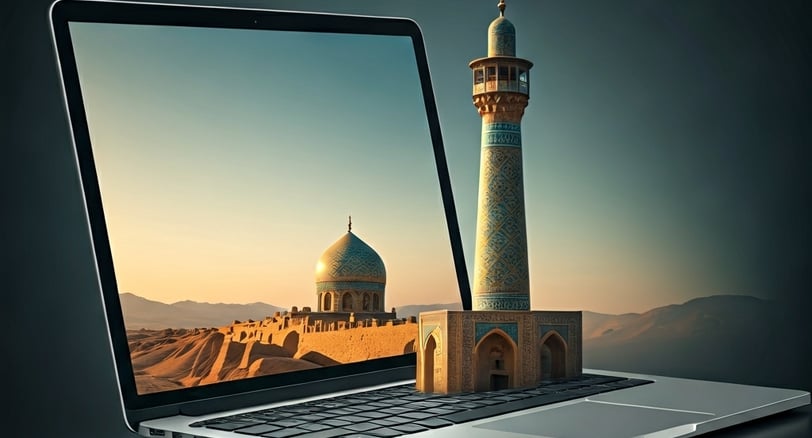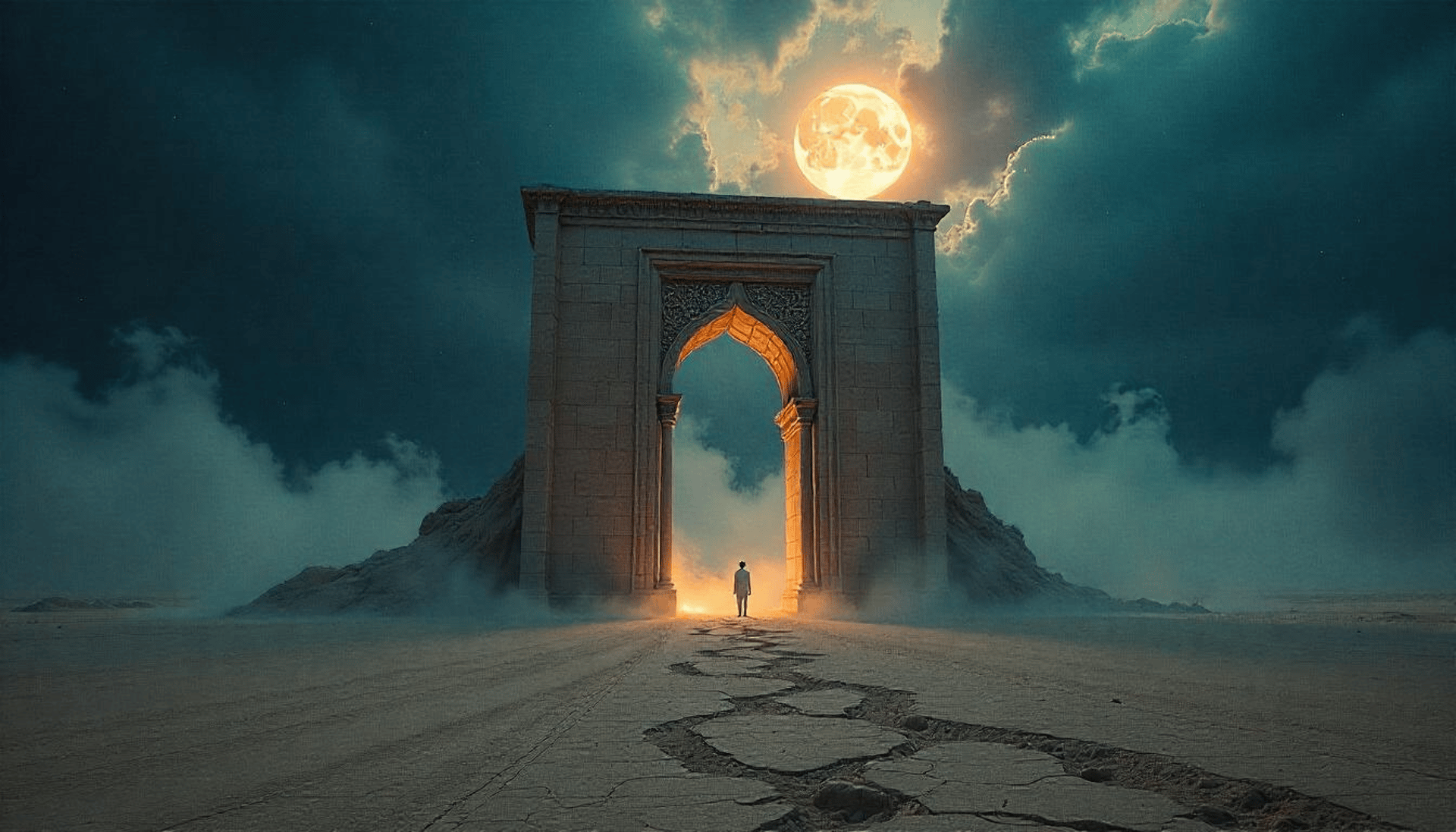Let's Flip the Story
Let mythic narrative lead technology
6/7/20252 min read


June 3, 2025
Why Creative Economies Need Story, Not Just Tech
By Amber M. Islam – Mythographer | Creative Strategist | Cultural Futurist
Is the global narrative a myth? Or do we need a myth to counter the current one?We’re told that technology drives innovation. That VR will rewire imagination. That AI will “create.” That platforms will democratize access.
But what if we’ve gotten it backward? Today, even the most ambitious immersive tech experiences, even those involving artists, often feel like a mishmash of visuals and stimuli. What’s missing? A story. Direction. Meaning.
What if the real driver, the spark that precedes all invention, isn’t code or platform, but story? And not just story in the literary sense, but myth: the deep narrative scaffolding that cultures carry across generations to make meaning, form memory, and fuel creation.
A Shift We Can’t Afford to Miss Across the Global South
Terms like creative economy, orange economy, and cultural infrastructure are entering policy conversations and investor decks. This is a good start. But what are we really building? Too often, the focus is on economic potential alone, undeniable though it is. Creative industries now represent over 3% of global GDP, and over 6% in parts of Southeast Asia and Africa.
What’s missing is the deeper question: What kind of creativity are we rewarding? And perhaps more urgently: Whose stories are we building from?
Lessons from the Field: Indonesia, Morocco, Bangladesh
In Indonesia, the Ministry of Tourism and Creative Economy is investing in youth-driven storytelling rooted in heritage. In Morocco, platforms like Visa for Music flourish, even as filmmakers struggle with funding and censorship. In Bangladesh, where I live and work, we carry a rich cultural memory, woven from myth, oral histories, and multi-faith traditions. But we lack the structural support to turn that inheritance into a viable economy. Creative economies are rising. But without narrative sovereignty, we risk building platforms without ground. Code without culture.
Enter the Myth-Tech Model
Here’s where I propose the flip: Let’s shift from tech-first creativity to myth-led design.
The current model looks like this: Tech is built → Creatives are invited to decorate → Story adapts to platform
But what if we reversed it?
A myth is written → Artists, coders, composers interpret → Tech follows story
This isn’t just theory. I’m currently developing a multi-phase initiative called Myth Ignites Art - a myth-tech framework that spans performance, digital immersion, and creative education. The goal is to use ancestral narratives as blueprints for cultural infrastructure.
The pilot begins in Dhaka, with an immersive exhibition titled The Twin Masks. It explores duality and madness in the urban soul, through sculpture, sound, and community art.
Future chapters are envisioned for Dubai and Tashkent, each carrying forward mythic arcs rooted in place
.But this isn’t about spectacle. It’s about strategy. It’s about building creative economies grounded in meaning, not just media.
A Call to Storytellers, Governments & Funders
To creators: Don’t wait for the platform to define your art. Begin with your myth. The medium will follow.
To governments: Invest in creators as ecosystem builders. Not entertainers. Not freelancers. Not tokenized “culture nights.” Architects.
To funders and institutions: Look for the builders of narrative systems. Projects with continuity, cultural grounding, and global vision. Invest in models that start with story.
The Real Innovation Is Remembering. We often equate innovation with speed, disruption, novelty. But in the Global South, innovation has always had another face: remembering. Reclaiming. Reshaping memory into future infrastructure. If we get this right, creative economies won’t just be about platforms and performances. They’ll be the new Silk Roads—with storytellers laying the tracks. Let myth lead. Let tech follow.
